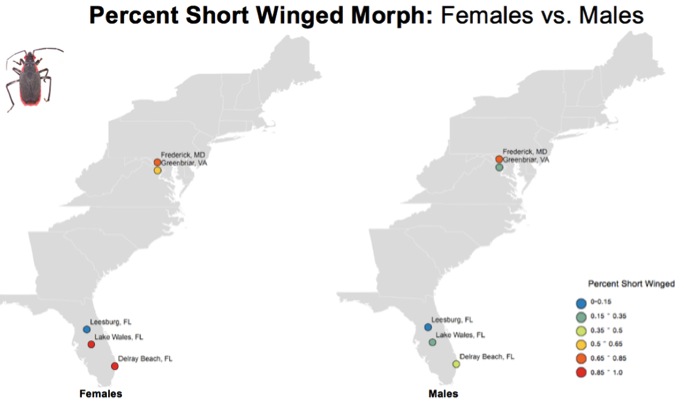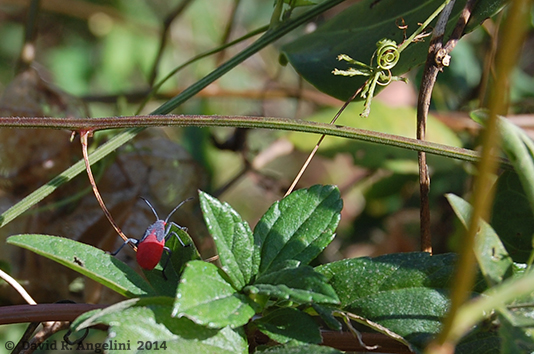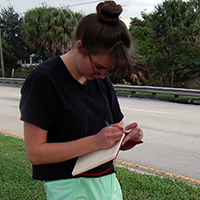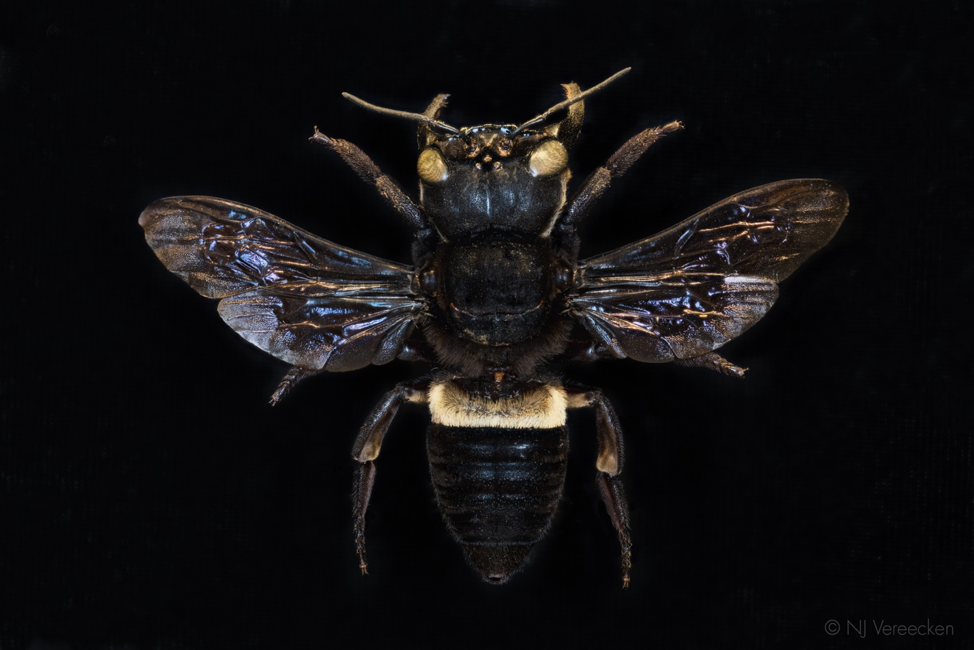The red-shouldered soapberry bug is unique in that it exhibits two distinct wing morphs: long wings and short wings. Both male and female soapberry bugs can be long or short winged and the phenotype isn’t determined until adulthood. We aren’t sure of the evolutionary benefits behind this or what genetic and environmental factors may lead to long or short wing expression. After collecting Soapberry bugs from a variety of field sites we discovered something very exciting: populations of bugs vary in long and short winged ratios and differ between males and females! With your help in data collection we can begin to answer some questions. Such as, why do some areas have more long winged soapberry bugs than others? And why is wing polyphenism important?
What are the functional differences between long and short wings?
Longer wings enable mobility. Although the soapberry bug isn’t the best flyer, those with a long wing morph are able to fly short distances and move further. This could be a life strategy for finding a mate, tolerating certain weather conditions or searching for food. On the flip side, having shorter wings could require less energy and allow the bug to invest more in reproduction or survival. To begin to answer these questions we have started investigating the relationship between environment and wing morph ratios. Some factors we are interested are temperature, precipitation, latitude, and human impact (do the bugs live in an urban or rural environment).
Our Field Data So Far
After mapping the percentages of males and females with short wings at various field sites, we noticed distinct differences between populations. For example, the population in Frederick, Maryland had a much higher proportion of short winged soapberry bugs compared to bugs in Leesburg, Florida. Sex also played a major role in wing morph ratio, with ratios sometimes varying significantly between males and females at the same field site. When observing populations in Delray Beach, Florida we saw that over 85% of adult females had short wings, compared less than 50% of males! Increasing our number of field sites and sample size could reveal a relationship between wing morph ratios, sex, and the environment and allow for spatial interpretation through GIS analysis.
 Why are your data important?
Why are your data important?
Despite exhibiting this cool wing polyphenism, the soapberry bugs are environmental heroes! Bugs north of the Florida Keys consume the seeds of the invasive ornamental goldenrain tree. By consuming the seeds, the bugs prevent the tree from spreading further across America. Wing morph could affect environmental tolerance, mobility, and reproduction, factors that play a major role in population dynamics, distribution, and settlement. So let’s collect some bugs!





